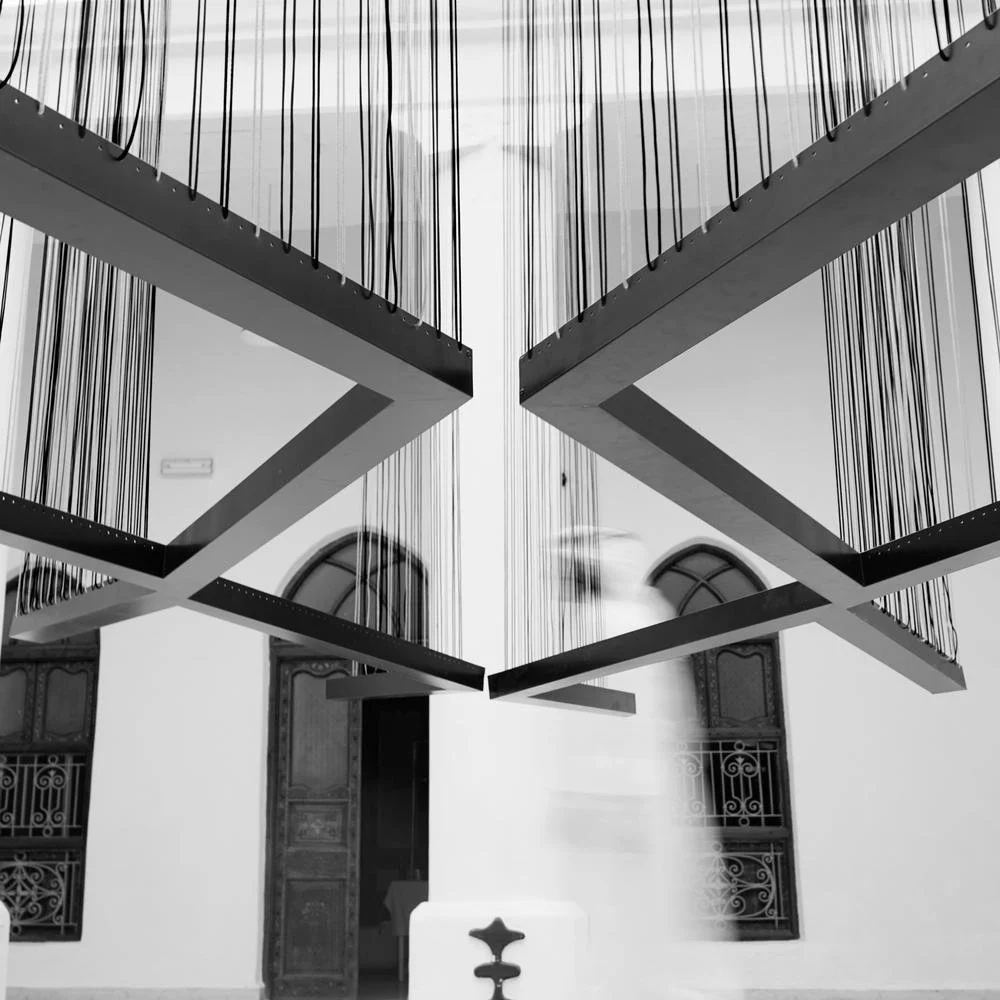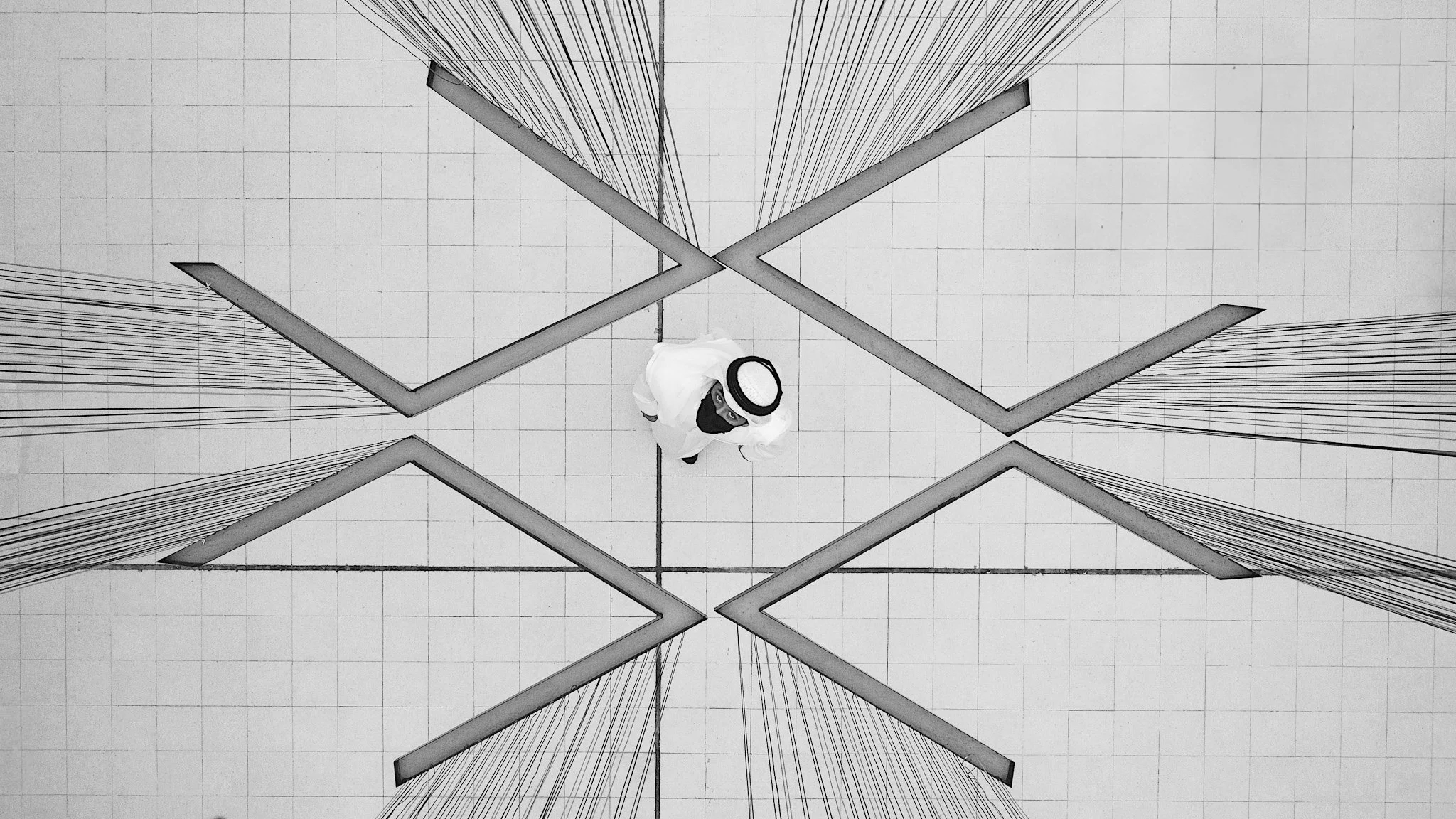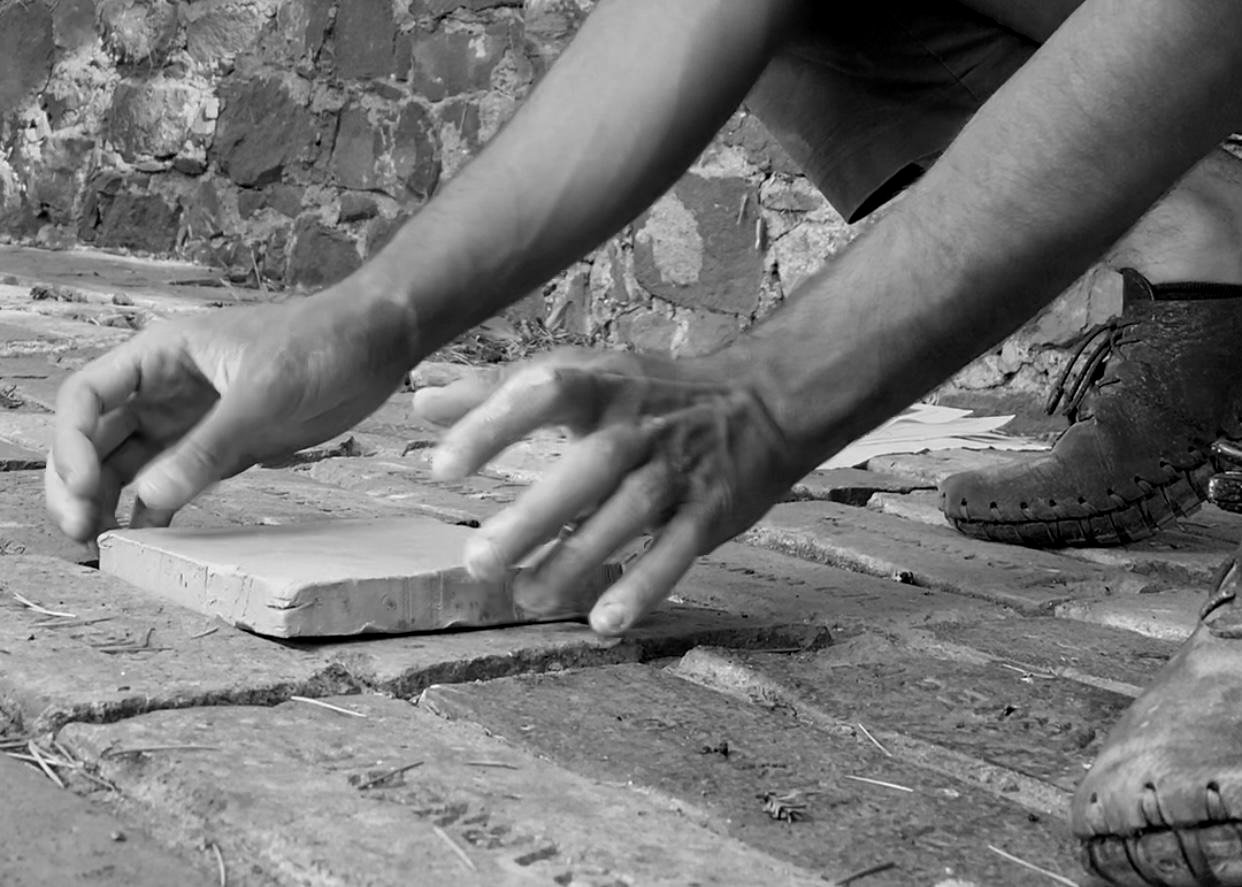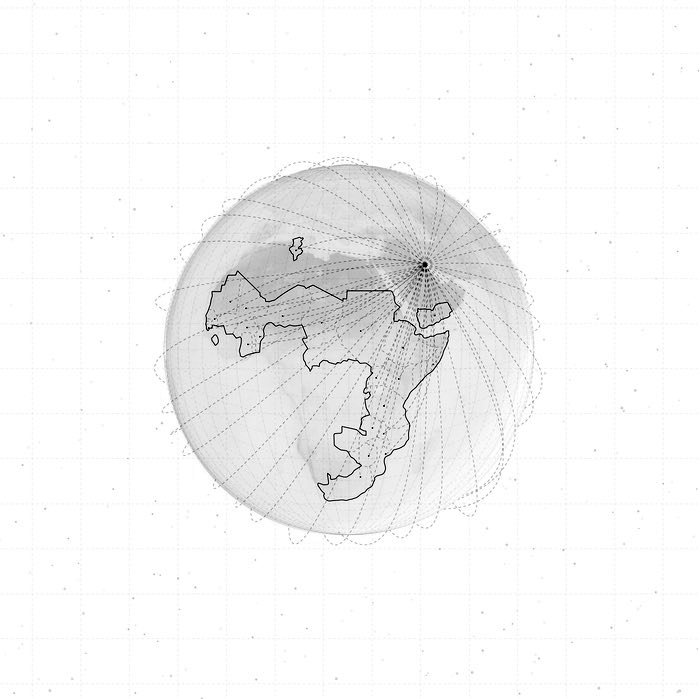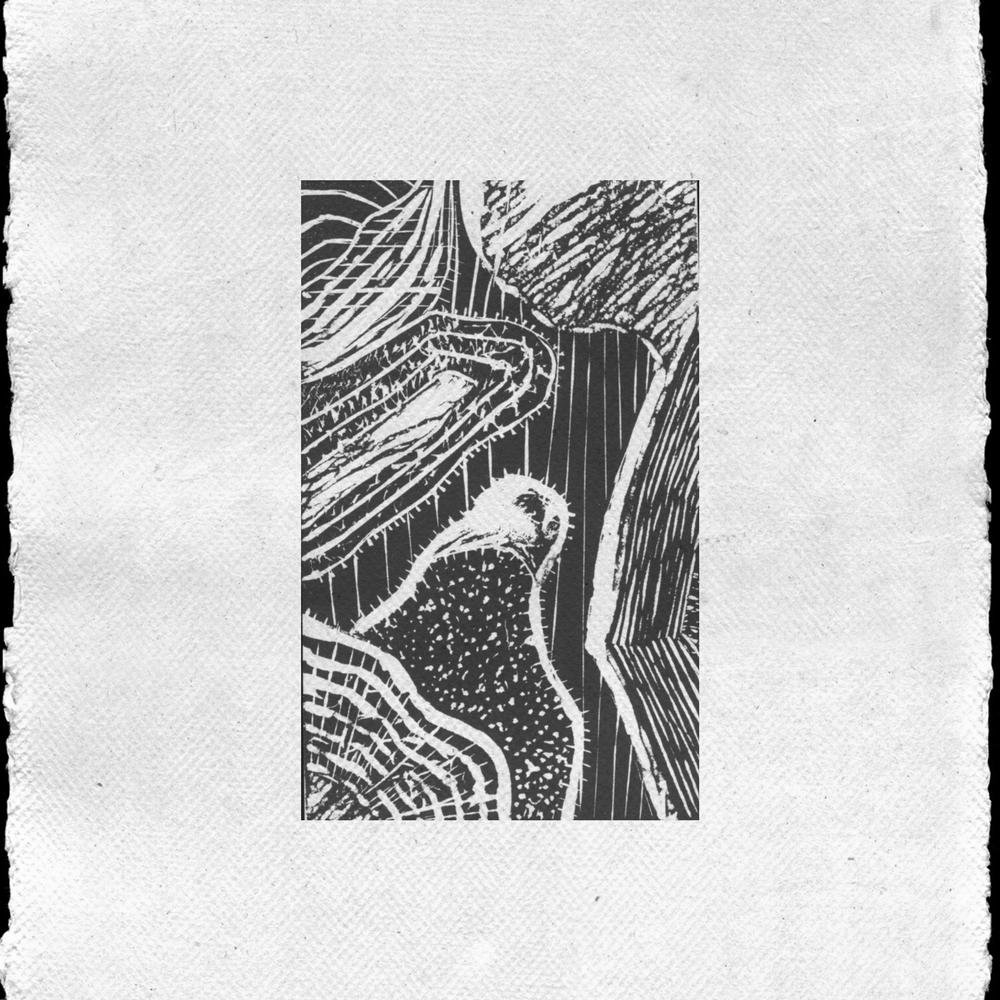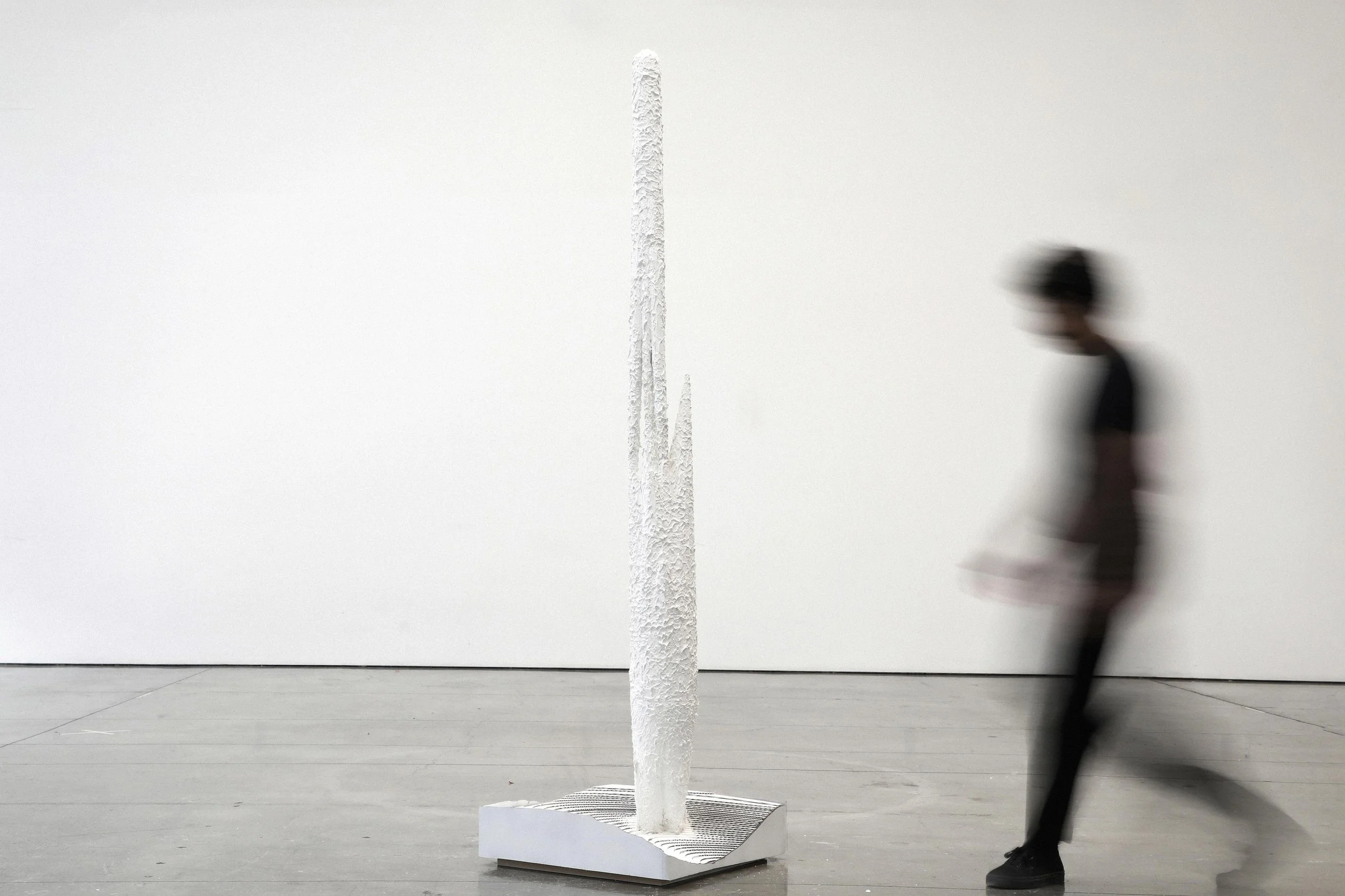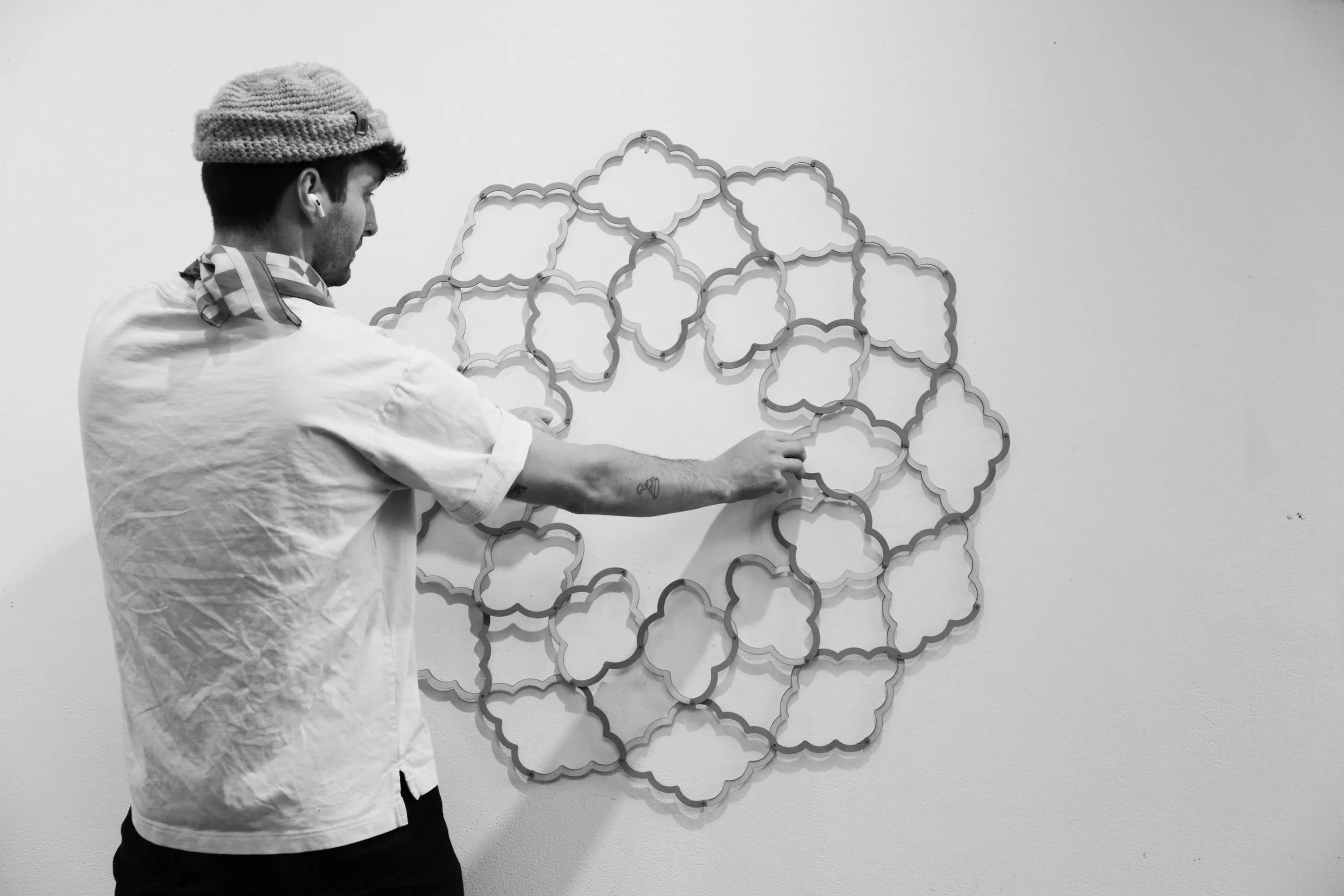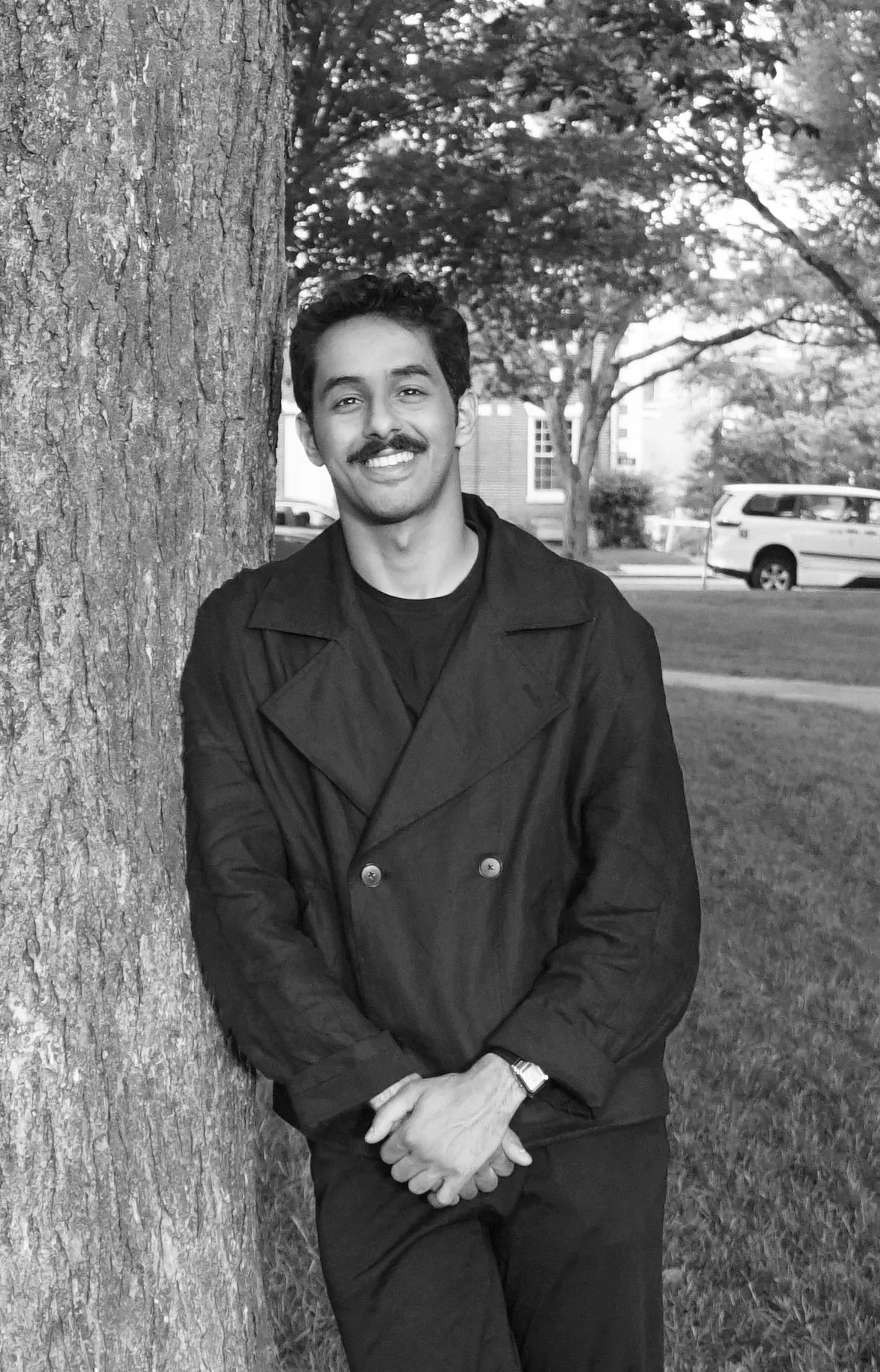Untitled
Ahmad Al Ajmi
Archeological research
This project challenges the assumption that documentation is a neutral act by critically examining how digital tools shape the visibility and value of archaeological remains at Al-Qasr on Failaka Island. Using LiDAR, photogrammetry, and 3D scanning, I will explore how these technologies reinforce dominant narratives by privileging legible, monumental structures while neglecting fragile, everyday, or vernacular traces. Rather than aiming for archival completeness, I will construct a counter-archive that foregrounds spatial erasure, ambiguity, and contested authorship. This work questions who decides what is preserved, how histories are framed, and what ethical responsibilities emerge in the act of scanning and saving. The project proposes speculative documentation as a mode of resistance, inviting more inclusive, situated, and critical engagements with heritage practice.
Previous projects
Ahmad Al Ajmi
Ahmad Al Ajmi is an architect and scholar whose work explores 21st-century forms of aid and philanthropic architecture, with a particular focus on the Kuwaiti aid paradigm. He recently earned a Master of Architecture from Yale University, where his research investigated themes of transiency, informality, and cultural resilience within contemporary humanitarian spatial practices. He holds a Bachelor of Architecture from California College of the Arts, where he served as President of the American Institute of Architecture Students (AIAS).
Ahmad previously worked at Studio Nesef in Kuwait and held an artist residency at Sadu House, a cultural and artistic center in Kuwait City. His work has been featured in Dezeen, Kuwait Magazine, and Yale Paprika, and exhibited at venues including Expo 2020 Dubai, Yale’s North Gallery, and exhibitions across Kuwait and San Francisco. His recent work is being exhibited at the House of Art in Dubai.
Currently, Ahmad is a practicing architectural designer at Skidmore, Owings & Merrill (SOM) in New York, where his projects continue to critically investigate how built environments mediate relationships between donor institutions and host communities—exploring how architecture operates within larger socio-political systems of power, representation, and sovereignty.

